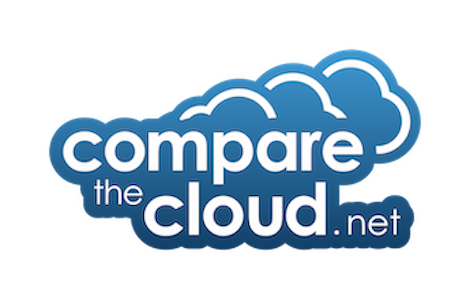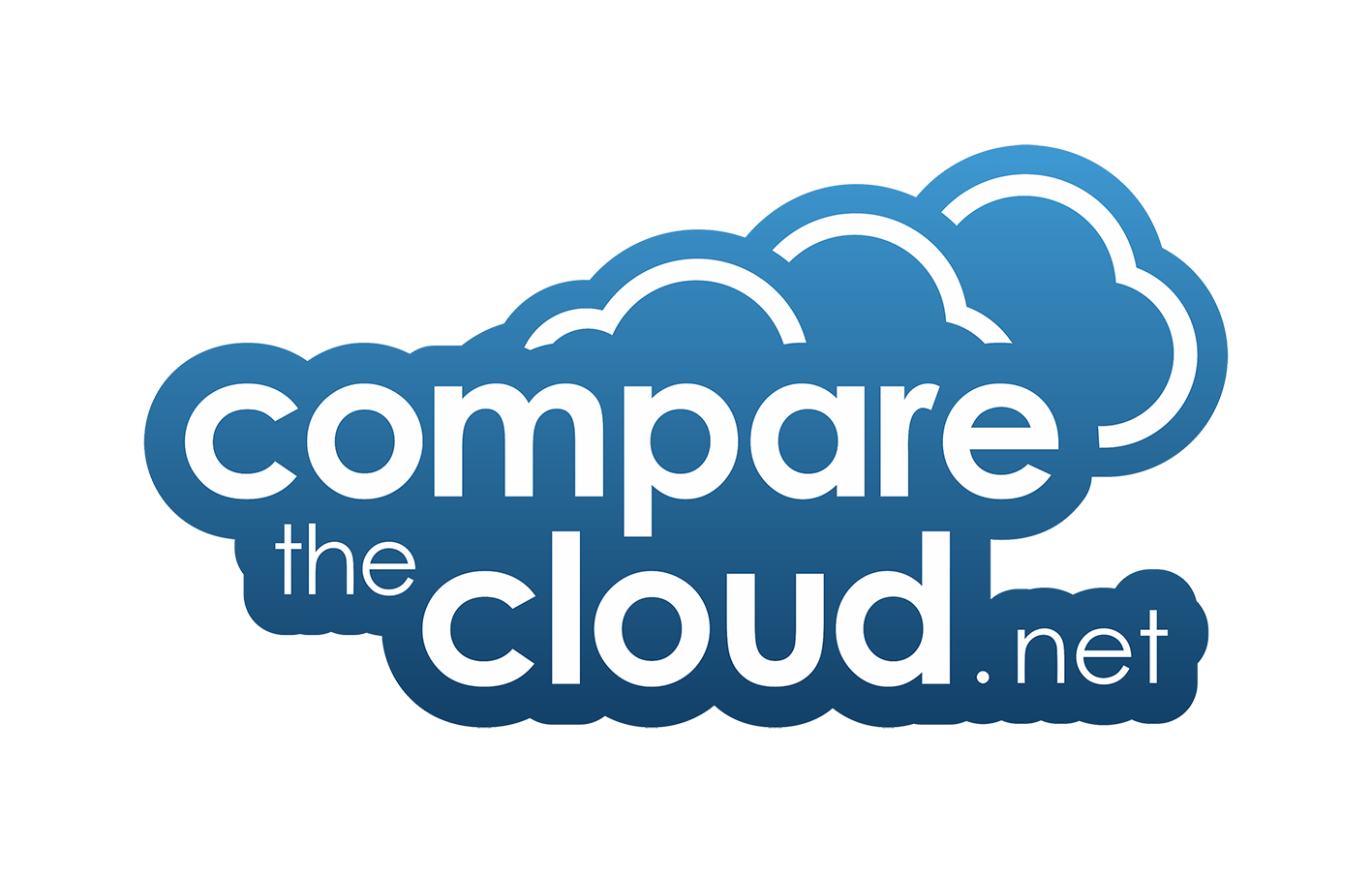We live in a world of statistics and data. There is information and disinformation. Facts and post facts. For businesses looking to cut losses and improve margins, there are two pieces of information they should pay close attention to:
- American businesses lose $37 billion a year because of poor communication between employees.
- 300 businesses surveyed by Intel suggest American companies lost $2.1 billion worth of laptops and other hardware with an incalculable amount of data on them in 2010 alone.
What do these facts tell us?
It tells us that businesses are losing vast amounts of money because of poor communication and data storage. The 86,000 lost laptops contained sales data, communication information, vital business information, strategic plans, sensitive and confidential information. It also shows us that those businesses are not storing information in the cloud, but on individual machines and this is part of the communication gap which is causing point no.1.
How Cloud Computing Improves Business Communication
Access to information and its misuse are two vital areas of loss for businesses. Furthermore, poor data gathering, retention and use, hinders performance and can actually hinder the careers of more able employees who do not have the social/verbal gifts needed to get promoted. Cloud storage allows different people at different levels to access the same information pool. This can be organized however the business likes, so that not everyone can access everything, but they can access what is important to them or their team.
For example, an automobile retailer can constantly update sales metrics based on live feedback from sales reps in the field. A realtor can receive photos of a new property from a surveyor in the field, and automatic update the site. They can also allow a rep in the field to receive instant information on new properties that might interest a prospective buyer they are giving a tour to. For an ad company, as another example, the art department can upload finished artwork to a communal file which other departments can then instantly use.
This improves communication within departments and between them. It allows people in the field to share information with those in offices, and makes remote working more feasible. Furthermore, it allows management to track employee performance more directly by being able to see what they have actually done and are doing in real time. Not only that, but if a good provider is chosen all files are backed up and encrypted. If the worst happens and hardware is damaged, destroyed, or lost, then all the information required is still there for the business to use.
Jenny Holt is a freelance writer and mother of two. She loves nothing more than getting away from it and taking her pet Labrador Bruce for long walks, something she can do a lot more now she's left the corporate world behind.



